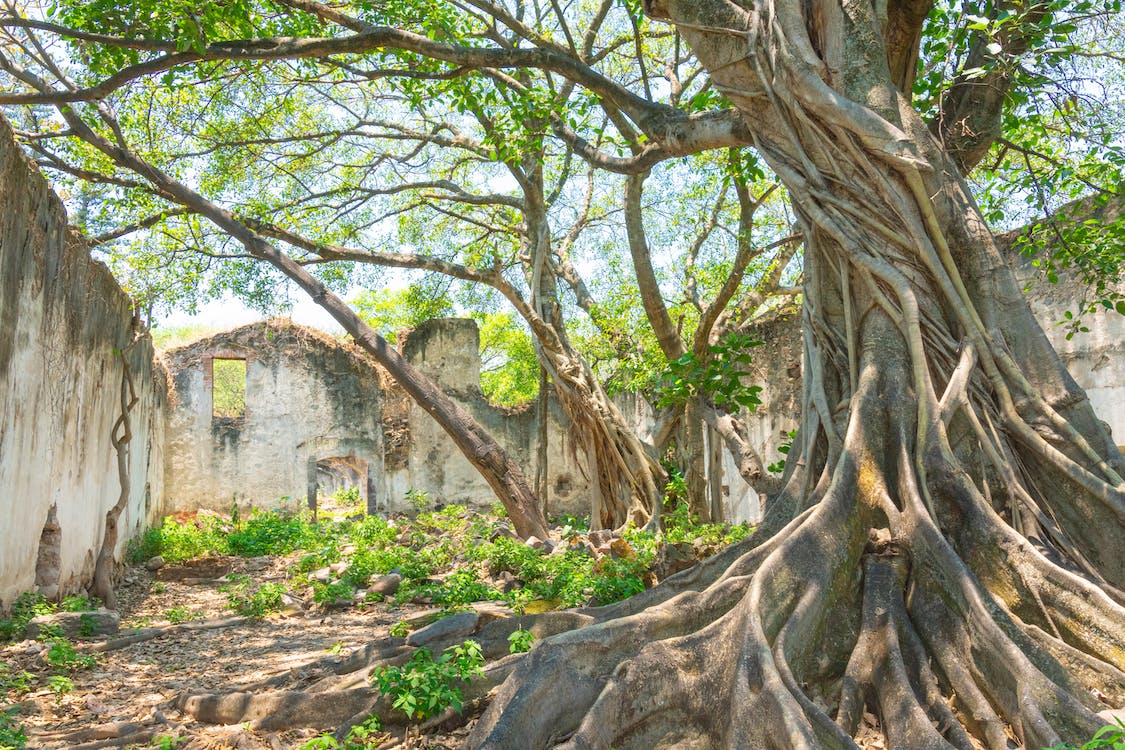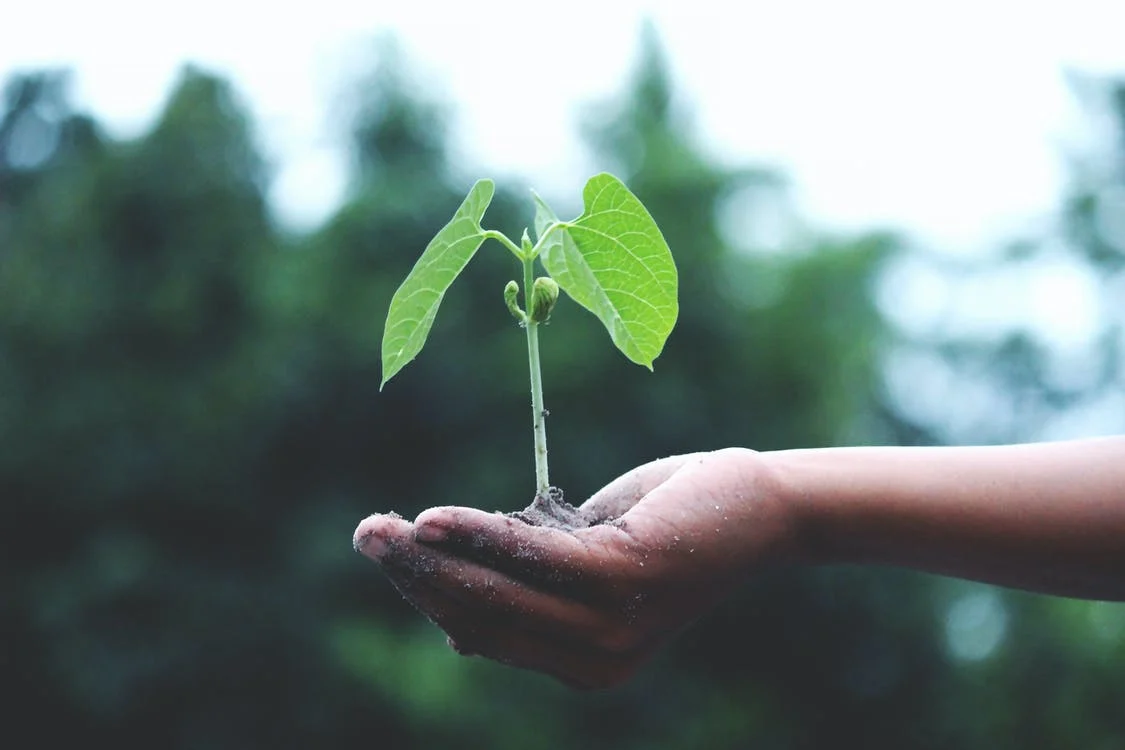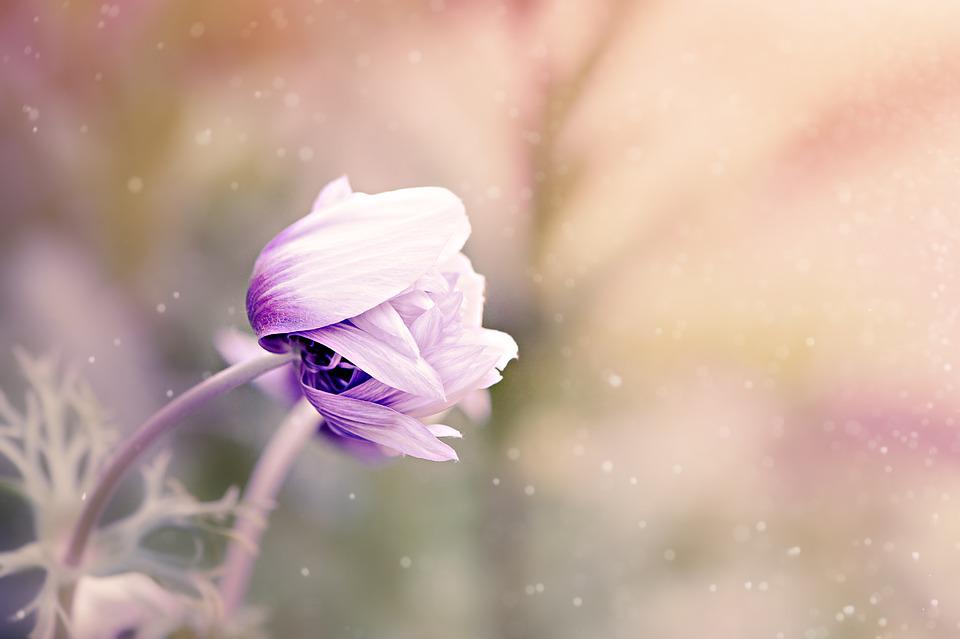Knowing the Basics of Gardening: Plant Growth
Depending on the space of your garden and the atmosphere you wish to give it, you will choose your plants according to hardiness, foliage, growth, vegetation, and tree shape, but also the climatic zone, which is an essential factor to take into account.
Growth of the plant
The plant develops throughout its life, and it is characterized by the following:
– the growth of the roots;
– the multiplication of the cells (elongation of the stem, new branches);
– the development of foliage.
The plant’s growth is linked to its life span, flowering cycle and climatic conditions.
It is also variable according to the different species and the care given, knowing that other factors also come into play.
The external factors of the growth of the plant are:
– solar energy;
– the quantity of water;
– the richness of the soil in mineral elements;
– the temperature (climatic zone);
– the carbon dioxide content;
– a good aeration.
There is also an internal factor: the plant’s growth hormones.
The different forms of growth

The plants are not all equal in front of their development, and some can live several decades, even across several generations, as the oak, while others will live only one or two years, it is the case of the annual plants or biennials.
Therefore, some plants have slow, average or fast growth.
For example, for shrubs or trees:
– slow growth is less than 20 to 30 cm per year;
– average growth is more than 30 to 60 cm per year;
– fast growth is more than 60 cm per year.
As for perennials:
– slow growth is 4 to 5 years;
– medium growth is about 3 years;
– fast growth is 2 years;
Depending on the variety, with a life expectancy of between 10 and 60 years.
Slow
The plant (tree) reaches maturity in several decades. It has a weak development, and it is the case of specific plants as:
– the agave which takes several years before flowering;
– the olive tree with evergreen foliage which has extraordinary longevity and can live for centuries;
– the witch hazel, which is a small shrub, can reach:
◦ 1.50 m high by 2 m wide after 5 years of planting;
◦ 3 m tall and 4 m wide after 10 years;
◦ 5 m tall by 6 m wide after 20 years.
– the small-leafed box tree, which has a prolonged growth, as it reaches 1 m height after 10 years;
– the heather, which reaches its adult size in 3 years and lives between 10 and 15 years.
Normal
The plant reaches maturity in a few years. However, the growth can be average (standard) or average, then slow or even moderate to fast. This is the case of:
– the Judas tree, which has a medium then slow growth – its longevity is 300 years;
– the cherry tree, which has a medium to fast growth depending on the variety – its longevity is from 50 to 100 years;
– the pear tree has a medium growth and longevity of 100 years or more;
– the apple tree has a medium growth and longevity of 100 years;
– Lime trees are medium to fast-growing and have a lifespan of 500 years.
Fast

The plant reaches maturity in a few months.
The plant often grows in an unstable environment and occupies space quickly to capture light better. Trees or shrubs are generally large. Some evergreen plants are fast-growing.
The fast-growing plant thrives in full light and prefers cool soils, but some can withstand dry, poor soil.
Fast growth does not mean it is a large tree, and some, like elderberry, maintain a modest size.
The rapid growth of a plant (tree or shrub) allows you to hide from something or to protect yourself very quickly from prying eyes.
Fast-growing plants decorate the garden more quickly to make it more attractive. This is the case with certain annuals, climbers, trees and shrubs. These plants are also essential for embellishing balconies or terraces.
Hope this post has helped you grasp the gardening basics of plant growth. More to come in our future postings. Remember to leave your comments below.




